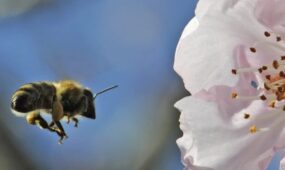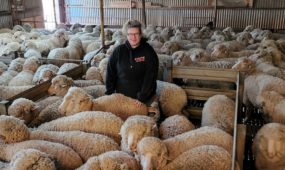Seed Terminator closes in on harvest weeds
Primary Industries
The third generation of a machine that pulverises weed seeds as grain crops are harvested has been launched ahead of a full commercial rollout and global expansion.

Sign up to receive notifications about new stories in this category.
Thank you for subscribing to story notifications.
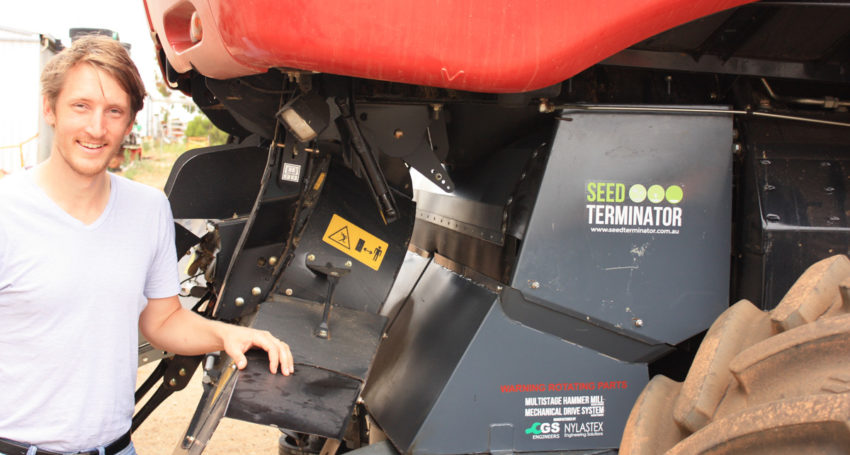
Invented in South Australia, the Seed Terminator can be retrofitted to new and used John Deere, CASE IH and New Holland Class 7, 8, 9 and 10 harvesters and retails for about A$115,000.
The Seed Terminator uses a multi-stage hammer mill to pulverise weed seeds, spreading the sawdust-like debris behind the header.
The “one-pass solution” pulverises seeds with a multi-stage hammer mill and spreads the nutrient-rich debris 10 to 12 metres behind the harvester to act as a fine mulch for soil improvement. It also eliminates the need for herbicides and labour intensive and potentially dangerous burn-offs to keep weeds at bay after harvest. Testing has been focussed on rye grass seeds because of their miniscule size and the fact they are notoriously difficult to kill.
Nine prototypes were initially were built and tested across nine different geographies in South Australia, Western Australia, New South Wales and Victoria with different crop types, soil types and moisture contents during the 2016/17 harvest.
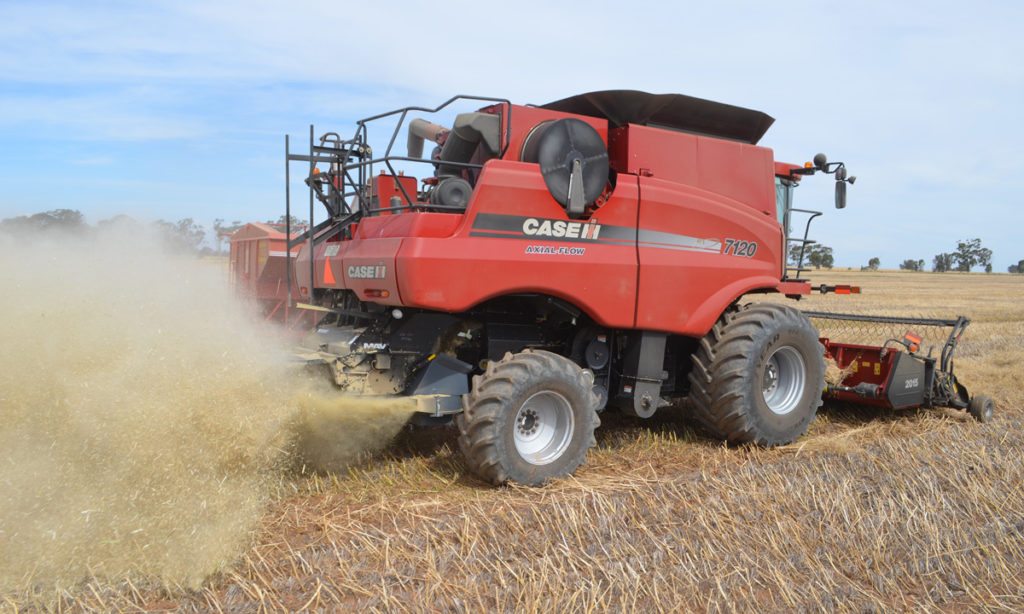
A further 23 machines were rolled out for the 2017/18 harvest, mainly in Western Australia, covering 55,000 hectares of crops at an average of about 350 hours per machine.
The machines have been so far fitted on John Deere (S690, S680, S670, STS9760) CASE IH (7120, 7230, 7240, 8010, 8120, 8230, 8240, 9230, 9240), New Holland (CR8090, CR9090, CR8.90, CR10.90).
Tests by the University of Adelaide’s Weed Science Research Group have shown a 95 to 97 per cent kill of rye grass seeds using the machine.
Improvements such as a 31 per cent reduction in power draw without compromising the kill rate and the addition of a tungsten carbide protective coating to increase the lifespan of components in rugged and sandy regions feature in the Generation III Seed Terminator.
Launched today (May 17) in the South Australian capital Adelaide, a further 40 of the new models will be deployed in September ahead of the 2018/19 Australian harvest.
The Seed Terminator’s key piece of technology, the multi-stage hammer mill, is manufactured in Adelaide while the patent pending mechanical drive systems are built in Western Australia, which is Australia’s largest grain producing state followed by New South Wales, South Australia and Victoria.
Seed Terminator inventor and Kangaroo Island farmer Dr Nick Berry founded the company with his uncle Mark Ashenden.
It has grown from 2 to 9 employees in the past year and this month established an office at the Tonsley Innovation District in Adelaide.
Ashenden said there was significant interest for Seed Terminators and this interest continued to grow both nationally and internationally.
“Ten per cent market share in Australia is about 1300 units and it’s growing by about 700 units a year so we need to get close to 350 units production a year by 2022 to make that work,” he said.
“We initially chose Western Australia because they are generally early adopters but we know there are also lots of early adopters in New South Wales and Victoria and we’ll be investing to make sure we get proportionately more over there to service that area.”
Ashenden has recently hosted representatives from major global harvester manufacturers to discuss how they could work more closely.
“We also took them down to the Tonsley precinct and into the Flinders University complex to show them the sort environment we are working in and they could see that Adelaide is not a backwater,” he said.
“But we’ve actually got to test in their territory first and that’s one of our biggest challenges at the moment. Everyone knows that their weeds and their system is unique so we need to localise our R&D and we’ve got further sites pencilled in to investigate in Australia and overseas.”
Ashenden said the latest innovation of the mill design to reduce the power draw is an example of the investment in R&D to deliver better outcomes for more farmers.
“The conclusion was that we were overkilling at the cost of power, so we redesigned it to achieve a 31 per cent power drop with the same kill rate,” he said.
“We’re an R&D company and we need to be two or three years in front of the weeds but we also think that we’ve got something unique that can be driven out of South Australia with global potential.”
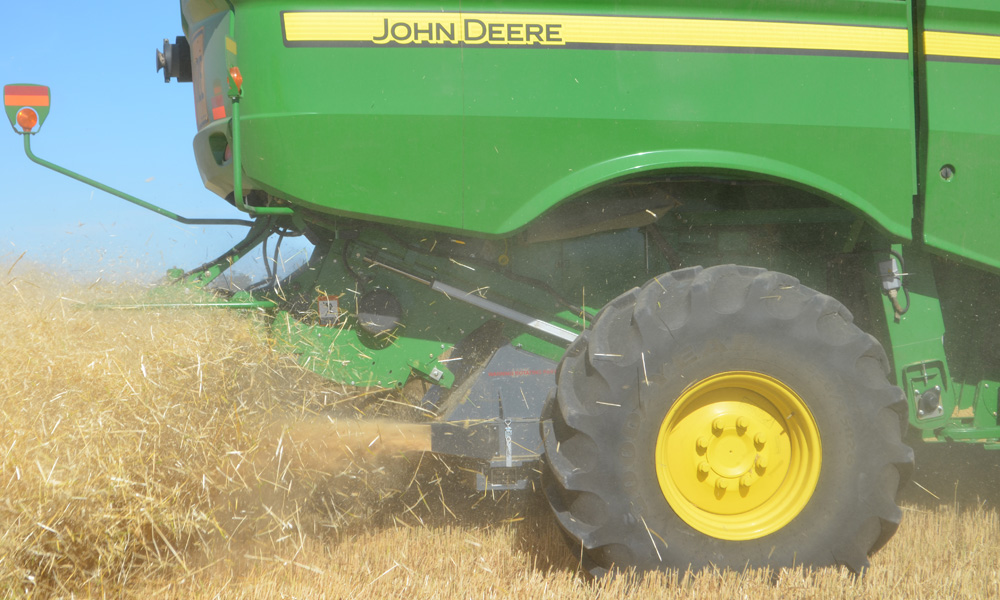
The Grains Research and Development Corporation (GRDC) estimated in 2016 that weeds cost Australian grain growers about $3.3 billion annually, with yield losses of 2.76 million tonnes. The GRDC also estimated herbicide resistance costs farmers $187 million a year for herbicide treatment and other weed management practices.
Jump to next article
